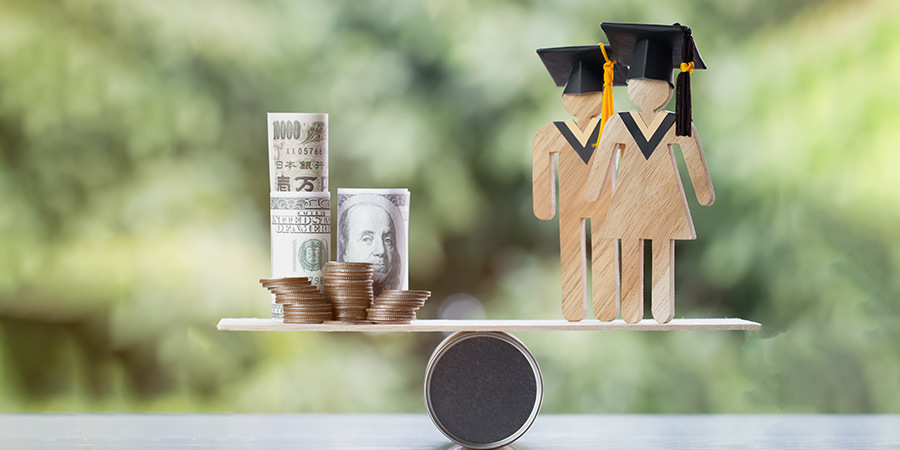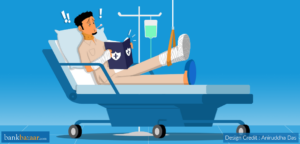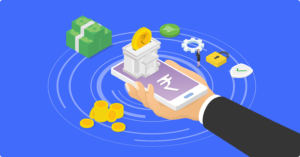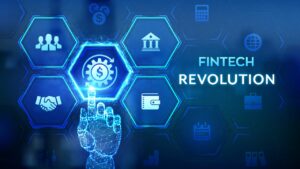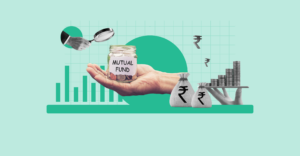Student loans can feel like a heavy burden, but with smart strategies, you can pay them off faster and minimize interest costs. By adopting effective repayment tactics, you can reduce financial stress and achieve debt freedom sooner than you think. Here’s student loan repayment strategies to accelerate your journey to a zero balance.
1. Know Your Loans Inside Out
“Understanding your loans is the first step toward paying them off efficiently.”
Start by gathering key details for each loan, such as:
- Total balance
- Interest rates
- Loan servicer information
- Repayment terms
- Loan type (federal or private)
This information will help you prioritize which loans to tackle first and identify repayment benefits you may qualify for.
2. Prioritize High-Interest Loans
“The higher the interest, the faster it grows.”
Using the debt avalanche method, focus on loans with the highest interest rates first while continuing to make minimum payments on others. This approach saves you the most money in the long run. Alternatively, the debt snowball method — paying off smaller balances first — can build motivation through quick wins.
3. Consider Refinancing for Lower Interest Rates
“Refinancing can slash your interest rates and reduce monthly payments.”
If you have good credit and stable income, refinancing could secure a lower interest rate. This strategy works best for private loans but may cause you to lose federal loan benefits like income-driven repayment plans or forgiveness options, so weigh the pros and cons carefully.
4. Make Biweekly Payments
“Splitting payments in half can speed up debt reduction.”
By making biweekly instead of monthly payments, you’ll make one extra full payment per year. This simple strategy shortens your loan term and reduces the total interest you pay.
5. Round Up Your Payments
“Small changes add up fast.”
Rounding your payment to the nearest $50 or $100 accelerates your payoff timeline without significantly impacting your budget. For example, rounding a $275 payment up to $300 adds an extra $300 annually to your debt reduction.
6. Utilize Windfalls Wisely
“Unexpected cash is your debt’s best friend.”
Tax refunds, work bonuses, or monetary gifts can significantly reduce your principal balance if applied strategically. Instead of splurging, use these windfalls to make lump-sum payments toward high-interest loans.
7. Explore Employer Assistance Programs
“Your workplace may offer student loan relief.”
Some employers provide student loan repayment assistance as part of their benefits package. Check with your HR department to see if this opportunity is available. Even modest contributions can help reduce your balance faster.
8. Take Advantage of Loan Forgiveness Programs
“Certain careers can unlock debt forgiveness.”
Public servants, teachers, and healthcare professionals may qualify for forgiveness programs like Public Service Loan Forgiveness (PSLF) or Teacher Loan Forgiveness. Research eligibility criteria to see if you qualify. Additionally, certain income-driven repayment plans offer forgiveness after 20 to 25 years of consistent payments.
9. Limit Lifestyle Inflation
“Don’t let rising income lead to rising expenses.”
As your earnings increase, resist the urge to expand your lifestyle with unnecessary spending. Directing those extra funds toward your student loans will help you clear debt faster. Living below your means is a powerful tool for debt reduction.
10. Build a Side Hustle for Extra Income
“More income means faster debt reduction.”
Freelancing, gig work, or monetizing your skills can provide extra cash for debt repayment without disrupting your main income. Even a few hundred dollars per month can make a substantial difference when consistently applied to your loan principal.
11. Enroll in Auto-Pay for Discounts
“Automation saves you money and keeps you on track.”
Many loan servicers offer an interest rate reduction (often 0.25%) for enrolling in automatic payments. Not only does this discount reduce your costs, but automation also ensures you never miss a payment.
12. Stay Motivated with Milestones
“Celebrate small victories on your path to debt freedom.”
Breaking your debt into manageable milestones makes repayment feel achievable. Celebrate each milestone — like clearing a specific balance or paying off one loan — to stay committed to your goal. Rewarding yourself (in moderation) keeps you motivated throughout the process.
13. Avoid Adding New Debt
“Progress stalls if you keep borrowing.”
While working on student loan repayment, minimize reliance on credit cards or other debt. Adopting a cash-first mindset helps you avoid accumulating new balances that slow your progress.
Conclusion
Paying off student loans requires strategy, discipline, and focus. By combining high-impact repayment methods with smart money habits, you can fast-track your journey to financial freedom.
Your student loan debt doesn’t define your future — your plan does. Start today and take control of your financial destiny.

